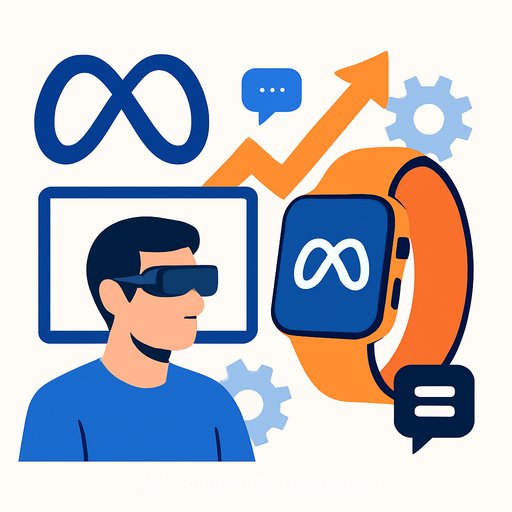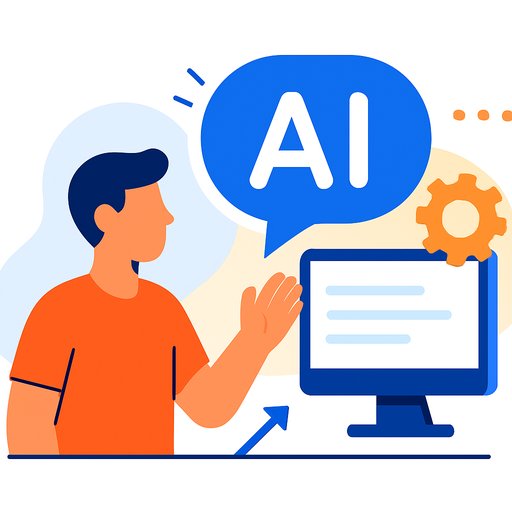Tinder turns to AI-and your Camera Roll-to restart growth
Tinder is leaning on AI to fix a nine-quarter slide in paying subscribers. The new feature, "Chemistry," asks users interactive questions and-if granted permission-scans Camera Roll photos to infer interests and personality. It's in pilot in New Zealand and Australia and is positioned as a major pillar of Tinder's 2026 product experience, according to Match Group CEO Spencer Rascoff.
The pitch: better match recommendations without more typing. If your photos show hiking or climbing, expect to see more profiles with similar outdoor hobbies. That convenience comes with a trade-off-broader access to private photos-mirroring moves elsewhere in consumer apps, including Meta's recent push to apply AI to on-device photos for edit suggestions.
What Chemistry actually bets on
Signal quality drives matching. Photos provide rich, implicit signals at scale, and they're easier than long questionnaires. The risk is trust: many people see minimal upside for giving a dating app deeper access to their photo library.
To land this, the value has to be immediate and clear. If the perceived benefit is fuzzy, permission prompts will get declined and churn will rise.
Money and momentum
Match expects a $14 million hit to Tinder's direct revenue in Q4 from product testing. Guidance was cut to $865-$875 million, below the $884.2 million analysts expected. In Q3, Tinder's revenue fell 3% year over year and paying users dropped 7%.
Company-level results were otherwise close to estimates: revenue up 2% to $914.2 million versus an expected $915 million, and EPS of $0.62 versus $0.63 expected (profit of $160.8 million). For official numbers, track Match Group's investor updates here.
Other AI moves in Tinder's stack
- Safety nudges: an LLM prompts "Are you sure?" before potentially offensive messages are sent.
- Photo selection: AI helps users pick stronger profile photos.
- Beyond AI: dating modes, double dates, facial verification, and redesigned profiles that front-load bio info and prompts.
Why this matters for product and engineering teams
- Permission must equal value: If you ask for Camera Roll access, deliver instant, visible improvements to matches. Show exactly what the model looks for, default to limited albums, and provide a one-tap revoke. See Apple's permission guidance for framing and copy here.
- Cold-start vs. creepiness: Photo inference can reduce onboarding friction but increases sensitivity. Track opt-in rate, consent drop-off, time to first high-quality match, and early churn. If opt-in is low, build value loops outside photo access.
- On-device first: Where possible, process locally and log what's analyzed. Minimize retention, allow granular control (albums, time-bound access), and publish a clear data usage page inside the app.
- Safety ROI is real: "Are you sure?" can reduce harassment and support costs. Measure report rates, block rates, conversation completion, and session length.
- Experiment burn rate: A $14M learning cost signals aggressive testing. Define guardrails for revenue cannibalization, use staged rollouts with holdouts, and monitor LTV/CAC shifts-not just top-line impact.
- Macro headwinds: Some younger users are favoring offline experiences, and U.S. spend is tight. Consider lower-friction pricing (micro-subscriptions, timed boosts), bundles, and partnerships with IRL experiences.
What to watch next
- Pilot outcomes from New Zealand and Australia: opt-in rates, match quality gains, and any backlash on privacy.
- How Chemistry is packaged: free utility vs. premium gating. If it drives lifts in match acceptance and date conversions, expect paywalls.
- Regulatory and platform scrutiny on broad photo access and AI explainability. Clear consent flows will be table stakes.
Bottom line
AI can improve matching and safety, but trust is the bottleneck. If Chemistry proves its value immediately-and keeps processing transparent-Tinder can earn the permissions it needs. If not, the friction will outweigh the lift.
Building AI-driven features responsibly? Explore practical training for product, engineering, and growth teams at Complete AI Training.
Your membership also unlocks:










